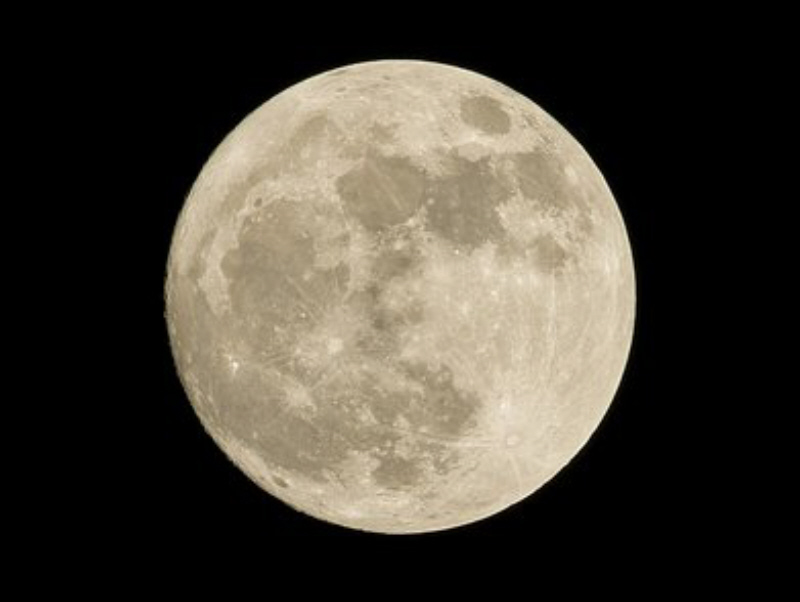
06 Oct Thoughts under the Harvest Moon
Last night, the light seemed perpetual as this years’ Harvest Moon shone.
Walking at dawn this morning, it hung low in the western sky, a perfect grey circle framed between Lombardy poplars. The wind, sharp from the North West, was bringing leaves dancing into the lane. In the east the sun was just emerging from a pale horizon. It was an October morning to be out.
Dew laden grass was criss-crossed by tracks as deer, mice and hedgehogs left their circuitous wanderings imprinted like letterpress.
The names of the full moons are attributed to Native Americans who counted the cycles of the year through moon phases. The Harvest Moon, the full moon closest to the Equinox, was said to be the time at which the harvest could be fully gathered in as the light allowed work to continue. It is followed by the Hunters’ Moon – a good month to be stocking up the larder ahead of a bleak winter.
It seems that this year’s Harvest moon falls in October, although usually it is associated with September. The harvest is finished here except for the sugar beet. Most fields lie already ploughed and drilled down with next year’s crops. We need new names for the Full Moons.
Last night’s full moon was evident as I drove back from the British Trust for Ornithology (BTO) in Thetford. Zipping along an open road, the Breckland landscape lay silvered on either side. Tracts of forest hugged the road edges and then gave way to pig arcs glinting as we flashed past. I reflected on the performance we had just seen. Gone Cuckoo, a telling of the story of the cuckoo in science and myth, was part of the BTO’s FlightLines project. This innovative approach links artists and BTO scientists in study and interpretation of bird migration.
The magic of the appearance and disappearance of birds as they migrate between continents across the seasons lies deep within our culture and our DNA. The arrival of the cuckoo, the swallow and the swift, bringing their promise of spring, is celebrated in literature and song, retold in myths and now studied by scientists. In a generation we have witnessed dramatic declines in the numbers of birds arriving here. There are parishes now where the cuckoo, the turtle dove, the nightingale are absent.
Scientists can study the journeys of these birds and gain an understanding of the perils that they face as they make their long journeys. Landscape change, wars, forest clearance, changes in food production, droughts, storms and human predation all combine to threaten birds as they move across traditional migration routes each year. Science can give us the facts but it does not touch us in the way that story, myth, song and art do.
FlightLines endeavours to use the creative arts to emotionally connect us back to our migrant birds, to remind us of their music and their magic and to inspire us to care again. Last night, story-teller Michael Green and his son, Joshua, an accomplished musician, gave a compelling and engaging account of the cuckoo. Michael had seen one of the BTO tagged cuckoos receive its radio transmitter at Fylingdales and from then, he tracked its journey on migration into Chad and the Congo. But he did not just sit with his laptop monitoring the progress. He linked with photo-journalist, Toby Smith, and set off for the cuckoo’s African homeland, the Batέkέ Plateau in eastern Gabon. They spent time in this oppressively hot country but failed to spot the cuckoos although their GPS tags located them here.
Gone Cuckoo relays Michael’s experience of his year with the cuckoo and, at times, he morphs into his cuckoo, as only a story-teller can; flying above Africa we look down with him across the Sahara, and stop with him in Cameroon, a beady eye glancing upwards and outwards for danger. Joshua sang old folk songs and new, mixed with the rhythm of African chants reminding us that these are not our cuckoos but they link us across Europe and into Central Africa.
The performance can entrance you and make you think about the meaning of the cuckoo and other migrant birds that appear each spring or winter. But it will also warn you that such birds may soon only be heard of in myth, and their calls, their flight and their global journeys may soon end.
As the moon hangs above the horizon I reflect on all these journeys and the wonder of a world that still contains so much mystery and magic. We must use all the creative arts that we can to galvanise action to make sure we are not the last generation to hear the cuckoo. Well done to the BTO for taking this initiative.
For more on the BTO Flight Lines project and details of the book documenting the art and science see here:
https://www.bto.org/science/migration/flight-lines
There is also a trailer for the event taken from a performance with Tim Dalling:
https://www.youtube.com/watch?v=JpWYMBLJey0


